长三角区域基本公共服务均等化的财政制度研究
摘要长三角区域财政制度并不健全,导致了纵向不平衡和横向不均衡,拉大了长三角区域基本公共服务的差距,不利于区域一体化的发展。本文通过探索长三角区域公共服务均等化与财政制度的理论关联机制,识别财政制度运行对长三角区域公共服务均衡的影响效应,由此设计出有助于长三角区域公共服务均衡的财政制度改革方案。为“十二五”时期,逐步实现长三角区域、城乡、群体间公共服务均等化,促进区域一体化提供可参考的依据,加快长三角区域建设具有国际竞争力的世界级城市群。论文由六部分组成。第一部分为绪论。第二部分为基础理论概述,重点描述财政制度与基本公共服务之间的关联机理,完善健全的财政制度是推进基本公共服务均等化的根本路径,财...
相关推荐
-
我国基层财政困难的制度成因分析与对策研究VIP免费
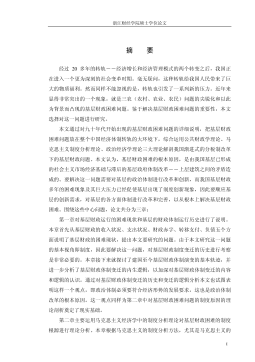
 2024-09-20 25
2024-09-20 25 -
我国煤电产业链纵向交易合约机制研究VIP免费
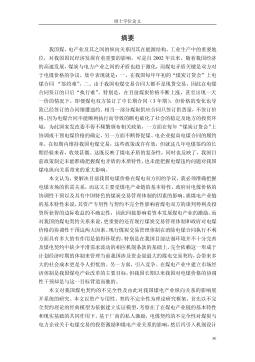
 2024-09-20 23
2024-09-20 23 -
生产要素视角下的上海市产业结构优化研究VIP免费
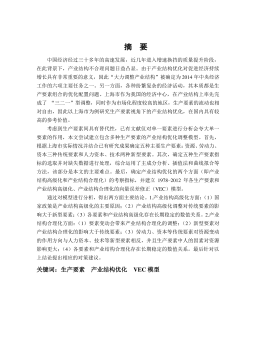
 2025-01-09 6
2025-01-09 6 -
我国银行业结构与经济结构关系研究VIP免费
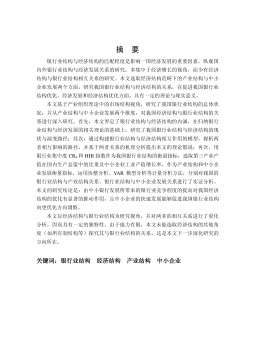
 2025-01-09 7
2025-01-09 7 -
大数据视角下农业供应链金融研究VIP免费
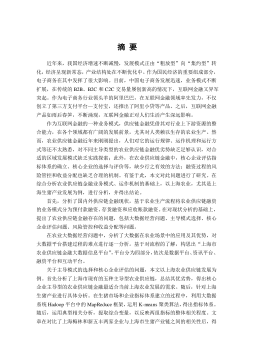
 2025-01-09 6
2025-01-09 6 -
跨国大型综合超市的规划研究VIP免费
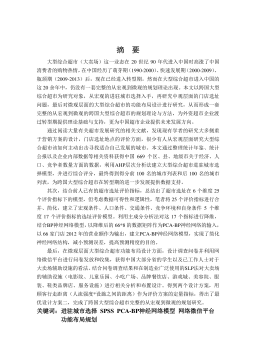
 2025-01-09 6
2025-01-09 6 -
跨境电商农产品质量安全问题研究VIP免费
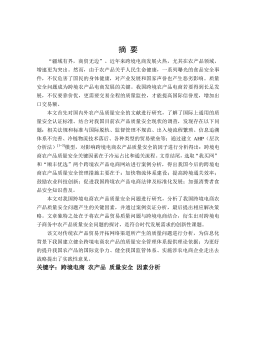
 2025-01-09 6
2025-01-09 6 -
世界市场的虚拟化与我国国际电子商务发展方向研究VIP免费
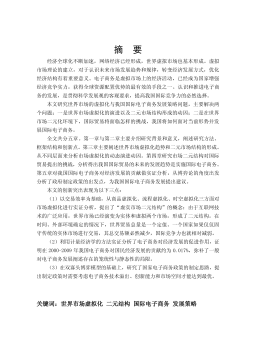
 2025-01-09 6
2025-01-09 6 -
中国政府对电力行业的价格规制问题研究VIP免费
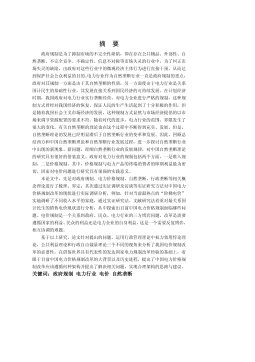
 2025-01-09 6
2025-01-09 6 -
中小企业信息化系统集成技术研究VIP免费

 2025-01-09 11
2025-01-09 11
相关内容
-

跨国大型综合超市的规划研究
分类:高等教育资料
时间:2025-01-09
标签:无
格式:PDF
价格:15 积分
-

跨境电商农产品质量安全问题研究
分类:高等教育资料
时间:2025-01-09
标签:无
格式:PDF
价格:15 积分
-

世界市场的虚拟化与我国国际电子商务发展方向研究
分类:高等教育资料
时间:2025-01-09
标签:无
格式:PDF
价格:15 积分
-

中国政府对电力行业的价格规制问题研究
分类:高等教育资料
时间:2025-01-09
标签:无
格式:PDF
价格:15 积分
-

中小企业信息化系统集成技术研究
分类:高等教育资料
时间:2025-01-09
标签:无
格式:PDF
价格:15 积分






